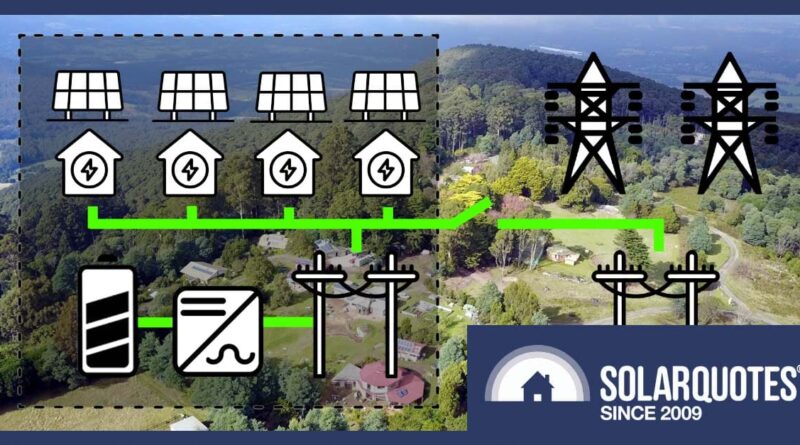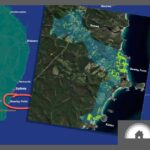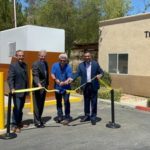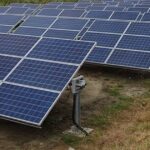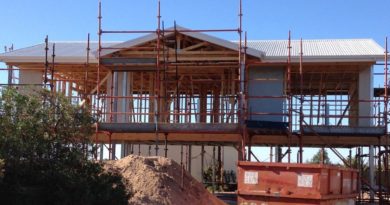Maverick Victorian Microgrid Breaks All the Rules (and Sometimes Itself)
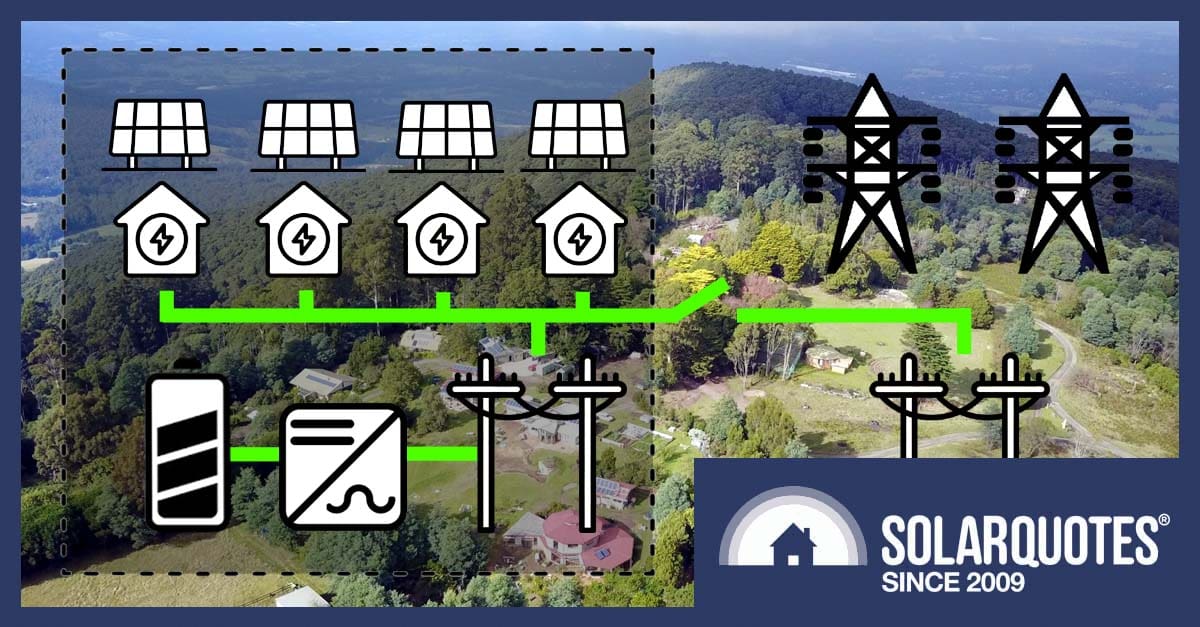
The future of energy is local, modular, and thrill-seeking – meet the microgrid, the little grid with big dreams of transforming how your appliances are powered and how your community copes with extreme weather.
Out in rural Victoria, a motley team of solar panels, inverters and batteries have teamed up to power a dozen homes. Led by lab director Professor Glenmo – part mad scientist, part renewable rabble-rouser – this scrappy microgrid is writing its own rulebook when it comes to keeping the lights on. Peak hour surges, multi-day storms, grid failures – bring it on. By pushing the operational boundaries, this tiny grid is lighting the way for all of us.
Glenmo’s relatively small 30 kW islanded grid-forming system currently controls 140 kW of connected solar panels scattered throughout the area on the microgrid. That’s a lot of solar to control when the grid goes down, and nothing’s left to soak up the excess solar power. In a recent video, Glenmo (AKA Glen Morris from Smart Energy Labs) explains how his microgrid system tames all those solar panels using Selectronic inverters and a clever trick from the Australian standard for grid-connected inverters to help out.
Quick Definitions for Newcomers
Before we dive in, here are some basics for those new to the topic:
Microgrid: A local energy system that creates, stores, and shares electricity independently. It often uses renewable sources like solar and wind. Microgrids can run on their own and/or connect to the main power grid.
Islanded: In renewable energy, “islanded” means a system is operating autonomously, separate from the main power grid.
Grid-Forming: A power source, like a renewable energy system, that can set and maintain stable voltage and frequency levels. It synchronizes multiple energy sources, enabling a reliable power supply.
Smart Energy Lab Microgrid
In the video below, check out Professor Glenmo explaining how his microgrid works, and then read on for more insights. If this piques your interest, Glen will be running an online ‘Microgrid Design Course’ in January 2024. Details are provided at the end of the article.
System Components
Let’s start with a breakdown of his grid-forming system components, which include 30 kW of battery inverters and an 80 kWh battery stack. Additionally, the microgrid connects to 140 kW of distributed solar generation.
Microgrid (3-phase grid-forming system)
- 30 kW of battery inverters: 6 x Selectronic SP PRO inverters (2 x 5 kW per phase) connected by Selectronic Powerchain.
- 80 kWh battery stack: (60 kWh usable) 20 x Power Plus Energy LiFe4838P batteries.
Microgrid (distributed generation)
- 140 kW of connected solar: Seven homes and six labs comprising 28 inverter systems, including 4 x 20 kW Selectronic SelectSun inverters (now discontinued) controlled by the SP Pro inverters using Selectronic Powerchain.
Selectronic Powerchain is Selectronic’s software-based solution for direct management of solar. It enables linking multiple SP PRO bi-directional battery inverters, whether single or multi-phase, on or off-grid.
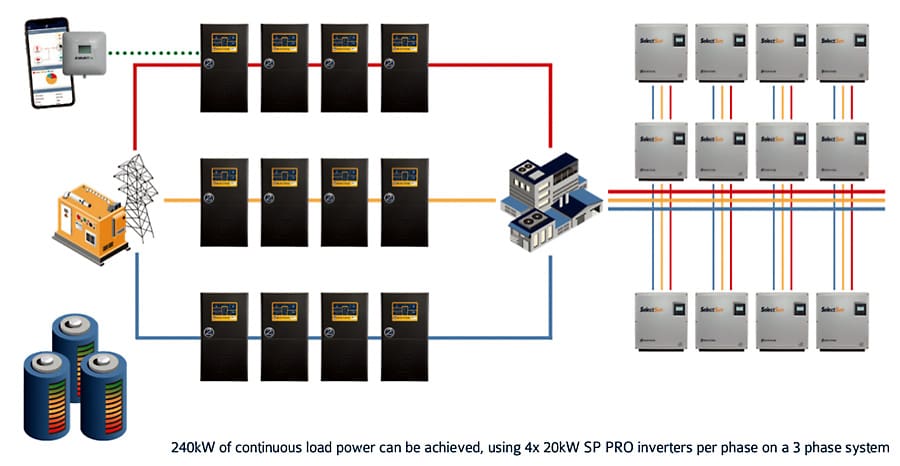
This diagram shows a Selectronic Powerchain at full capacity – 240 kW of continuous power using a maximum of 4 x 20 kW SP Pros per phase, allowing up to 480 kW of managed AC coupled PV inverters. Glen’s grid-forming system is nowhere near as big – only 30 kW (2 x 5 kW SP Pros per phase managing 80 kW of SelectSun PV inverters, and an additional 60 kW unmanaged PV.)
Sizing The Grid-Forming System
The next question that comes to mind is, “How big a grid-forming system would you need for a microgrid?” Over to the Professor for this one:
“The lesson with microgrids is you need to size the grid-forming system to cope with the maximum demand when there are no other sources available. Or, you have a backup generator system, which we do. We’ve got a 22kVA generator here as a backup solution.”
It’s not just the maximum demand you have to worry about. Let’s fast forward a bit to get some more key information.
“So, you’ve got to size your sources to consider your grid-forming system first, how big it’s going to be, and whether it can absorb and control the amount of connected generation.”
The key information here is “absorb and control the amount of connected generation.” That’s a Herculean task, considering the 30 kW grid-forming system has somehow to absorb a potential 140 kW of connected generation!
And here’s the clever thing – it doesn’t have to. This is why.
Australian Standards To The Rescue
Australian standards get more of their fair share of rubbishing from the electrical industry, so it’s refreshing to highlight an instance where a ruling is put in for good reason. Without it, this microgrid system may even be unworkable.
The standard is AS/NZS 4777.2 Grid connection of energy systems via inverters, Part 2: Inverter requirements. Glen explains here:
“And what do you know, out of the box, without any configuration, they (inverters) have to do what’s called frequency power reduction. That means as the frequency climbs, the output power reduces. So these clever inverters here, from Selectronic, they actually lift the frequency when they need less power from other sources, such as conventional grid-tie inverters or hybrid systems that are also connected on one or more phases on the microgrid.”
That sounds like a ‘hold your breath, cross your fingers’ kind of moment, and hope that all connected inverters ramp down as expected if the frequency climbs above set thresholds.
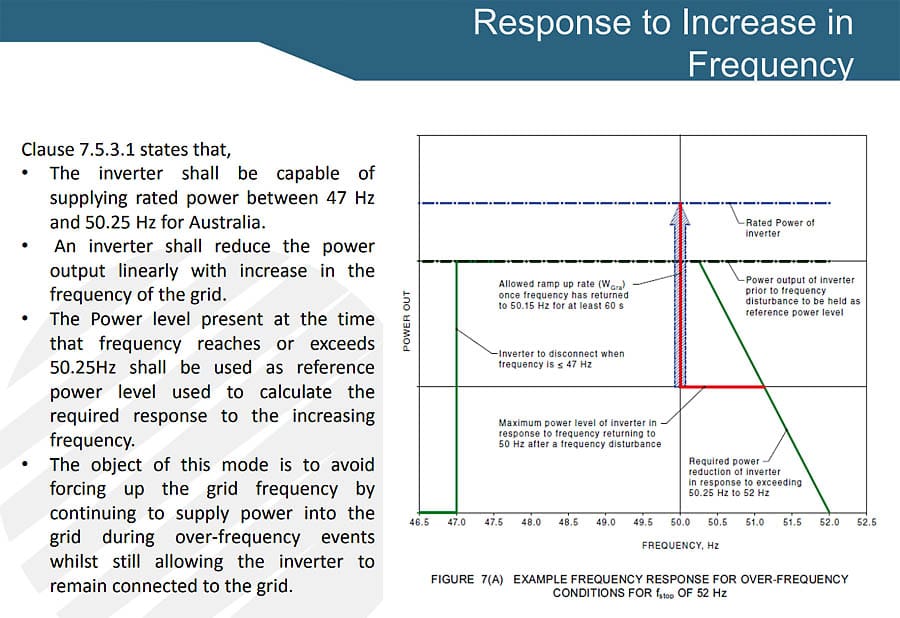
Clause 7.5.3.1 states the required response to increase in frequency for grid-connected inverters. Note that this graphic is from an ‘Overview of Revised AS/NZS4777.2 for the previous edition. Until Standards Australia get their sh*t together and make standards a fair and equitable price, it’s the best I can do. Thanks Google. Image: Geoff Stapleton
Selectronic Powerchain Is In Control (Sort of)
Fortunately, over half of this microgrid’s connected solar generation doesn’t have to rely on frequency power reduction as outlined in the AS/NZS 4777.2 standard. There are also four 20 kW SelectSun 3-phase grid-tie inverters, which are controlled via the battery inverters using the aforementioned Selectronic Powerchain.
So, with Powerchain in control and the rest of the inverters limited by frequency power reduction, as stated in the standard, what could possibly go wrong? Lots, it seems! Selectronic have a limit of two to one for managed AC coupling. So, for every kilowatt of SP Pro you have, you can have 2 kilowatts of PV inverters.
By that requirement, Glen’s SelectSun managed PV is over by 20 kW, and he has another 60 kW of PV relying on frequency power reduction. No problem. It’s a test facility, right? Glen likes to push the boundaries to find answers. Over to you, Professor:
“Four 20 kW Select Suns (PV inverters), which are Modbus-controlled by these Selectronic (battery) inverters because they’re basically a Selectronic solution for direct management of solar. So the remaining solar, which is scattered across all the homes and labs here at the Smart Energy Lab, relies on that frequency shift power control. And sometimes it doesn’t ramp down fast enough. And what do you know, boom, we exceed the battery voltage!”
Oops, The Grid’s Gone Out!
And when that happens, the lights go out, or maybe not.
“There’s something special about these batteries. They look after themselves. If they see a high voltage spike on any of the cells, they’ll shut down. Now, that’s a bit of an oops moment. But on a microgrid, it doesn’t mean the homes lose power. It just means that the grid’s gone. And these homes all have hybrid systems on them.”
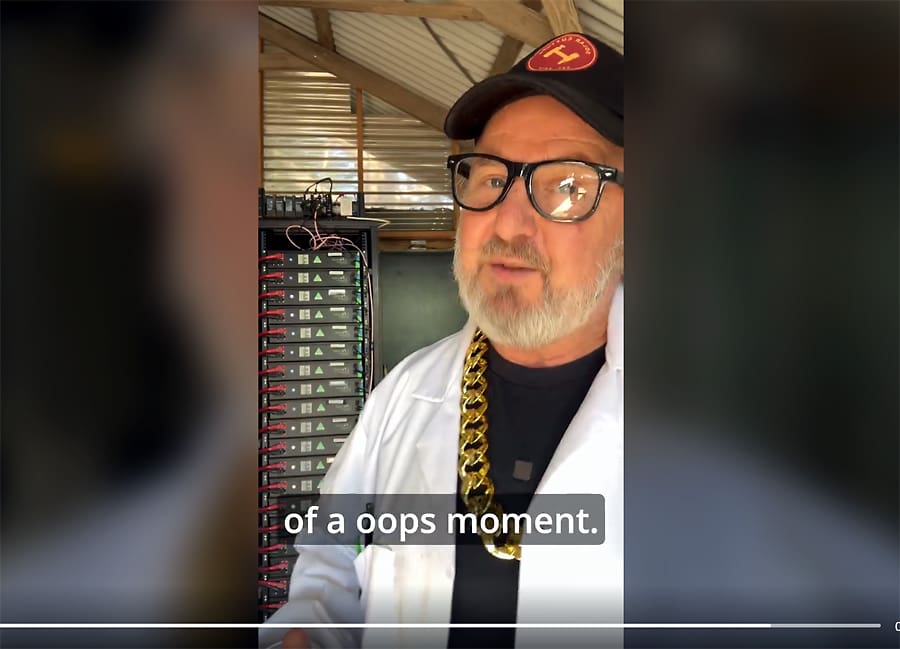
Professor Glenmo and his microgrid battery stack. “A bit of an oops moment!”
So, all the homes on this microgrid have a battery backup and still have power when the grid goes down. I expect everyone affected would know that Glen’s probably out in his shed playing with electricity again when this happens, and it’s just another day at the office.
As you’ve probably guessed, this may not be a typical microgrid enjoyed by your average paying punter. Most systems in the customer-orientated world would likely be overbuilt for resilience. Glen would be the best person to tell you about that, so why don’t you ask him?
Microgrid Design Course
Glen will run an online microgrid design course on Wednesday, 24th and Thursday, 25th January 2024 (1:30 pm – 5:30 pm Melbourne time.) The course consists of two four-hour sessions designed to provide participants with an in-depth understanding of designing microgrid solar and battery power systems in compliance with AS/NZS standards.
You can get more details and register here.
Original Source: https://www.solarquotes.com.au/blog/how-to-make-and-break-a-microgrid/

